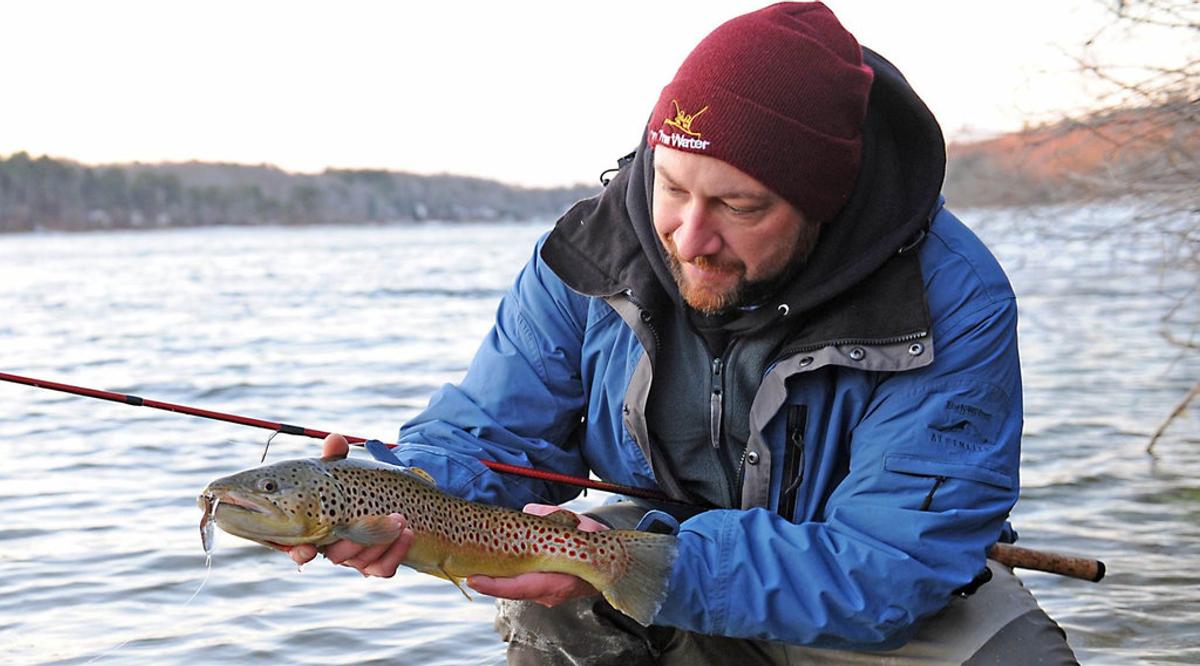Why You Should Stop Overlooking Spoons When Fishing For Any Species
I don't know either when or why spoons took a backseat to other lures. Did the spinner and its brightly-colored blades and beads knock spoons from their pedestal? Was it the rubber worm and its Texas or Carolina rigging the reason? Our lives are more complicated now than ever before, so maybe anglers thought their lures should be complex, too. The spoon is as simple as it gets, yet these days they generate little more than a yawn.
Fishermen have been messing around with lures since the Chinese and Egyptians fashioned the first models in 2,000 BC. During that time, bone and wood were tweaked until those early variations caught fish. Over the years, other materials like steel, cork and plastic became popular ingredients. We anglers have been obsessed with fishing lures ever since, and for a long while our attention was focused on spoons.
Join the MTB mailing list for great fishing content, giveaway notifications & promos!
indicates requiredEmail AddressLead Form
- OLD - OptinMonster - MTB.com
- OLD - OptinMonster - MTB.com - Free Lures
- OLD - OptinMonster - Blog
- OLD - OptinMonster - Blog - Fishing Products Guide
- OLD - OptinMonster - Blog - 10% Off Reel
- Instapage - Free Lures
- Instapage - Florida Content
- Blog Signup
- OptinMonster - Father's Day
- OptinMonster - Fishing Games
- Black Friday - 2016
Spoons are the simplest of lures which makes them the most complex to make. Simple spoons have to be shaped perfectly so they swim just right. They've got to vibrate on their own for they carry no rattles tucked deep inside. They have to be properly finished so they flash enough but not too much. A blade to achieve flash and vibration can't be added to a spoon. If they were they'd be called a spinner.Did experienced anglers snub spoons, thinking that these lures were for beginners? Possibly, for when I was a kid I could cast a spoon halfway across the lake with neither practice nor effort. I needed no expertise to catch fish with a spoon, for once I began my retrieve the fish started hammering 'em. The spoon did all of the work, I was just along for the ride.
A spoon in the hands of a master angler is as deadly as any other lure. Pros drop them in small, tight spaces between deadfall and boulders right precisely where bass and trout are holding. When these technicians add a subtle twitch the spoon barely moves yet comes alive. A broom handle in the hands of a Karate sensei is a formidable weapon, and the same hold true for spoons.I recently spoke with my friend Bob Christopher. I met him through my other friend Mike Lee, the owner of Al's Goldfish. Bob has been hand-painting spoons for 47 years. That's right, forty-seven years. So Bob painted the spoons I got from my late father. I fish them, and they work just as well for me today as they did for him 40 years ago. That's probably why the Massachusetts state record brown trout, which was caught on an Al's Goldfish spoon in 1966, hasn't been broken. It was a 19 pound 10 ounce whopper. Is it a stretch to say the record hasn't been clipped 'cause anglers aren't fishing spoons? Maybe so....
At one point in time spoons were made from a combination of silver and copper known as Sheffield plate. At one point they were produced by the British company that made, ironically enough, kitchen utensils. I wonder if a spoon was ever made from a spoon....?Beginners learn basic fishing techniques with spoons. In the hands of an expert, spoons offer the kind of precision necessary for enticing bass, trout, striped bass, muskies or pike and anything else that swims to come out from their hiding places. Carry some with flash and others with natural colors, and still others with feathers and bucktail. Regardless of your choice, spoons have one commonality. They catch 'em up. This year, give 'em a try. And when you do you'll connect with a fishing tradition that is almost as old as time itself.
Updated May 12th, 2017 at 9:48 AM CT


